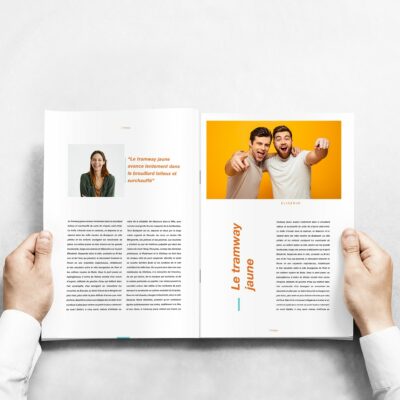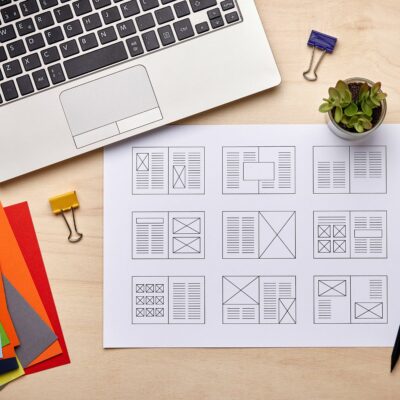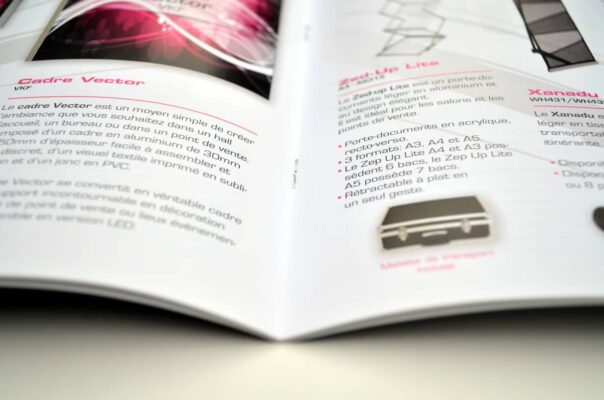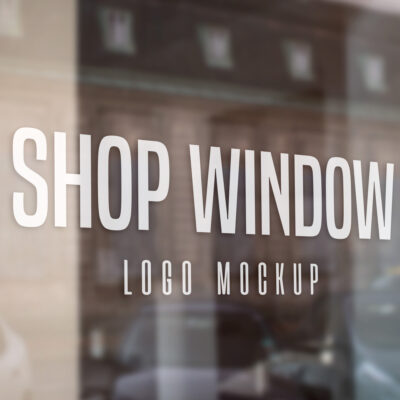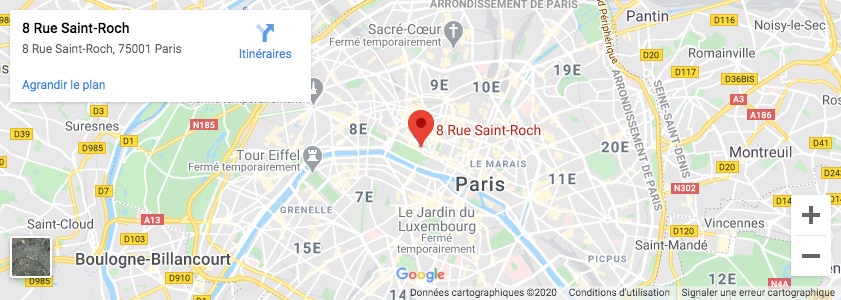- Notre imprimerie est fermée jusqu'au 7 juillet ☀️ Attention aux délais de vos commandes. ☀️ Les commandes en lignes sont temporairement désactivées
- Notre imprimerie est fermée jusqu'au 7 juillet ☀️ Attention aux délais de vos commandes. ☀️ Les commandes en lignes sont temporairement désactivées
- Call us 01 42 61 00 33
Monday to Friday 9:00 - 18:00 IMMEDIATE
CUSTOMISED QUOTERETRAIT EXPRESS
& LIVRAISON J+1-
-
- All
products - Cards
- Brochure
Files - Advertising
- Printing
- Office automation
- Adhesives
- Signage
- Themes
- Printing
Express in 4H
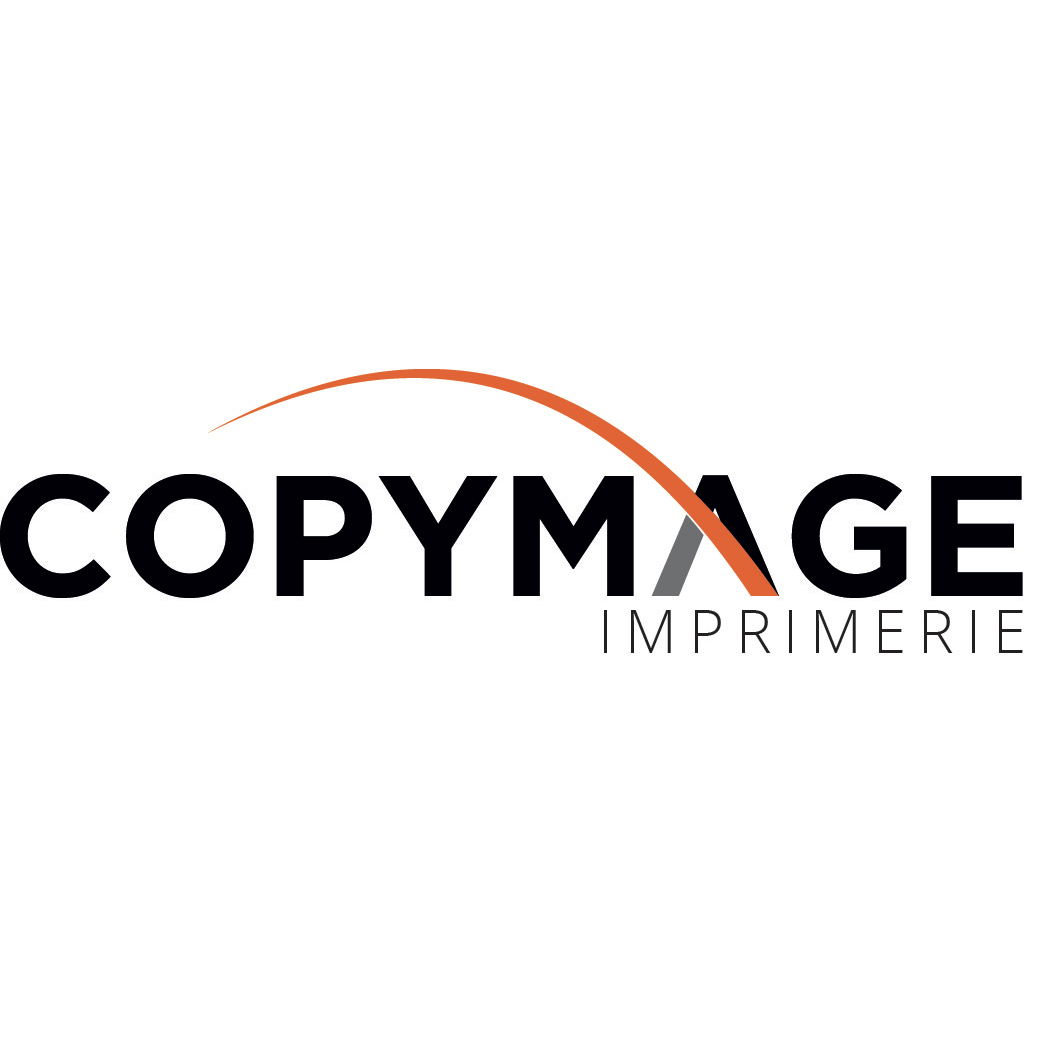
Tips & tricks from your printer
5 steps to a successful sales brochure
The brochure is an essential communication medium, whatever your sector of activity. Also called booklet, booklet or brochure, the brochure is composed of a minimum of 4 pages (below that, it is more like a flyer or a leaflet) and can have different objectives:
-
- The informative brochure is designed to promote your company and present your products or services.
- The promotional brochure allows you to inform about your promotional offers
- The event brochure specifies the dates of the events you are organizing
In this article, we will only deal with the sales brochure whose objective is clearly to increase your sales by turning your prospects into customers. To help you create an effective sales brochure, we offer 5 practical step-by-step tips.
Step1 : Define the format of your sales brochure
The objective of the sales brochure is clear: to increase your sales. In order to do this, you must first think about the audience you are addressing and the distribution methods of your sales brochure. These two elements combined will allow you to choose an adapted brochure format.
- The target audience
Several audiences can be targeted depending on your marketing strategy.
- You may choose to increase the number of "regular" customers, perhaps by expanding your geographic sales area.
- You can try to convince your prospects, i.e. an audience that already knows you but is not yet a customer of your brand, by proposing a promotional offer.
- Finally, you may decide to address an entirely new audience, another segment of the market to which you may have a new offer to make.
Whatever your choice, your sales brochure will have to be specifically addressed to a target population to be truly effective.
- Distribution methods for your sales brochure
Once you have defined a target audience, you can think about the best ways to reach them.
- Do you think you will have the opportunity to meet your target audience in person, at a trade show or during a customer meeting?
- Or would it be more effective to distribute your sales brochure widely by mail or in partner stores, for example?
In the first case, you can consider a commercial brochure with twenty to thirty pages in A4 format. This commercial catalog can be leafed through by your prospects during professional events. It will contain a lot of information about your company and your products and should allow the customer convinced by your interaction to transform his desire into a purchase, even when he gets home.
In the second case, you prefer a 2 or 3-panel sales brochure whose light format will allow you to send it by mail without any financial surcharge. This commercial brochure will be much more synthetic and will focus on a new product, a promotional offer or a specific event. It should contain a much smaller amount of information including, of course, the name and logo of your company as well as all its contact information.
Step2 : Write the content of your sales brochure
Once you have determined the format of your sales brochure based on the target audience and the method of distribution, you can write the content of your sales brochure.
Some elements are essential regardless of the format:
- The name of your company
- Your company logo
- Your company's contact information: postal address, phone numbers, email address, website, social network accounts
- Legal information for certain sectors of activity (e.g. sale of alcohol)
Next, you need to adjust the editorial content to the format you have chosen. Depending on the size and number of pages you are aiming for, you will have more or less useful space.
Some tips for creating attractive editorial content:
- Avoid jargon but use simple vocabulary, accessible to your target audience
- Break your text into short paragraphs each containing a single idea
- Prioritize texts by using explicit and catchy titles
- Don't forget toinclude a call to action to encourage your customers to visit your website, to visit your store or to request an appointment as the case may be
Step3: Choose the illustrations for your sales brochure
Choosing beautiful illustrations that relate to your offer or business is an effective way to draw customers' and prospects' attention to your sales brochure. In a stapled brochure, the illustrations can run across two contiguous pages and immediately capture your customers' attention.
- Which illustrations to choose? It is preferable to choose illustrations directly related to your sector of activity or the services you offer. This can be photographs, graphics,diagrams or drawings. A photograph of a sunset will certainly be soothing but will not give any useful information about your know-how as a craftsman for example. Therefore, prefer a photograph of your recent achievements, remembering to ask your clients for written permission to distribute them.
- Where to find beautiful illustrations ? Many free illustrations can be downloaded for free on the internet. But you can also call upon a professional photographer or designer who will offer you absolutely customized illustrations. Finally, you can go ahead and create the illustrations for your sales brochure yourself!
- What image resolution? An essential point concerning the illustrations of your commercial brochure concerns the resolution of the images. You must check before printing that the resolution (in dpi) is sufficient (300 dpi for a paper print) so that your images do not appear pixelated and blurred when printed. If in doubt, we at Copymage will be happy to advise you.
- How many illustrations should be selected? This obviously depends on the number of pages and the content of your sales brochure. It is useful, for example, to have a photograph of each product in the brochure, perhaps varying their size. However, be careful not to overload your sales brochure, as this can make it unreadable.
Step4: Take care of the layout of your sales brochure
The layout is a key step in the design of your sales brochure. If you don't use a professional graphic designer, you can do the layout yourself with the help of free online software.
For example, the CANVA platform provides users with pre-designed commercial brochure templates in which you can simply "drag and drop" your editorial content and illustrations. Once you are satisfied with the layout of the various elements in the template you have selected, all you have to do is download your document in pdf format before sending it to your professional printer.
Five tips for a successful sales brochure layout:
- Put key words or ideas in bold to facilitate diagonal reading.
- Follow a titling style to structure and guide the reading.
- Use bullets and symbols (if possible related to your industry) to punctuate the reading.
- Vary the size and formatting of paragraphs to surprise and keep readers' attention.
- Balance your layout between text and illustrations to keep your readers' attention.
Step5: Select the finishes for your sales brochure
When you turn to a professional printer like Copymage, you benefit from a wide range of finishes that will help to assert the commercial message and brand image conveyed by your sales brochure.
- The size: a commercial brochure can be produced in many sizes (from A3 to A6 through custom-made). Your professional printer will be able to advise you on the size best suited to your marketing strategy.
- The format and orientation: rectangular, portrait or landscape, square, custom-made, the format of your sales brochure conveys a message to your customers and prospects. The format is often a simple and effective way to mark your difference from your competition.
- The type of paper for the inside pages: it is a question here of choosing the weight of the paper; i.e. its thickness. Then, you can opt for a coated paper (matte or glossy) or uncoated. All these options will help create the identity of your brochure
- The cover: It is relevant to choose a cover with a higher weight than the inside pages. Applying a laminate (matte, glossy or soft touch) protects the cover while enhancing it. Moreover, at Copymage, we offer very different finishes such as selective varnish, 3D varnish or gilding that will immediately give your sales brochure an original look.
- The binding method: For commercial brochures, we recommend either a stapled binding (for a brochure of less than 40 pages), ideal for a 32-page magazine for example, or a glued square-back binding for high-end catalogs with a large number of pages and/or using heavy paper.
Here are the 5 steps to a successful sales brochure, we hope you find this article useful. If you need more information, we will be happy to answer any questions you may have:
- by telephone on 01 42 61 00 33
- by e-mail to contact@copymage.com
- or at the workshop located 8 rue Saint Roch, 75001 Paris
Our rates
The best prices on the market
The quality
We are demanding and attentive to your satisfaction
Our deadlines
Tight deadlines thanks to our continuous production system
Imprim'vert label
We are careful about our footprint and waste management. We have obtained the Imprim'vert label.
Help & Advice
Our experts are here to help you.
HELP & ADVICE
Our experts are here to help you. Do not hesitate to contact them.
Adresse
8 rue Saint Roch 75001 Paris
Metro
Line 1 Tuileries
Line 14: Pyramides Line 14 : Pyramids
Bus
Lines: 21, 27, 68, 72, 81










